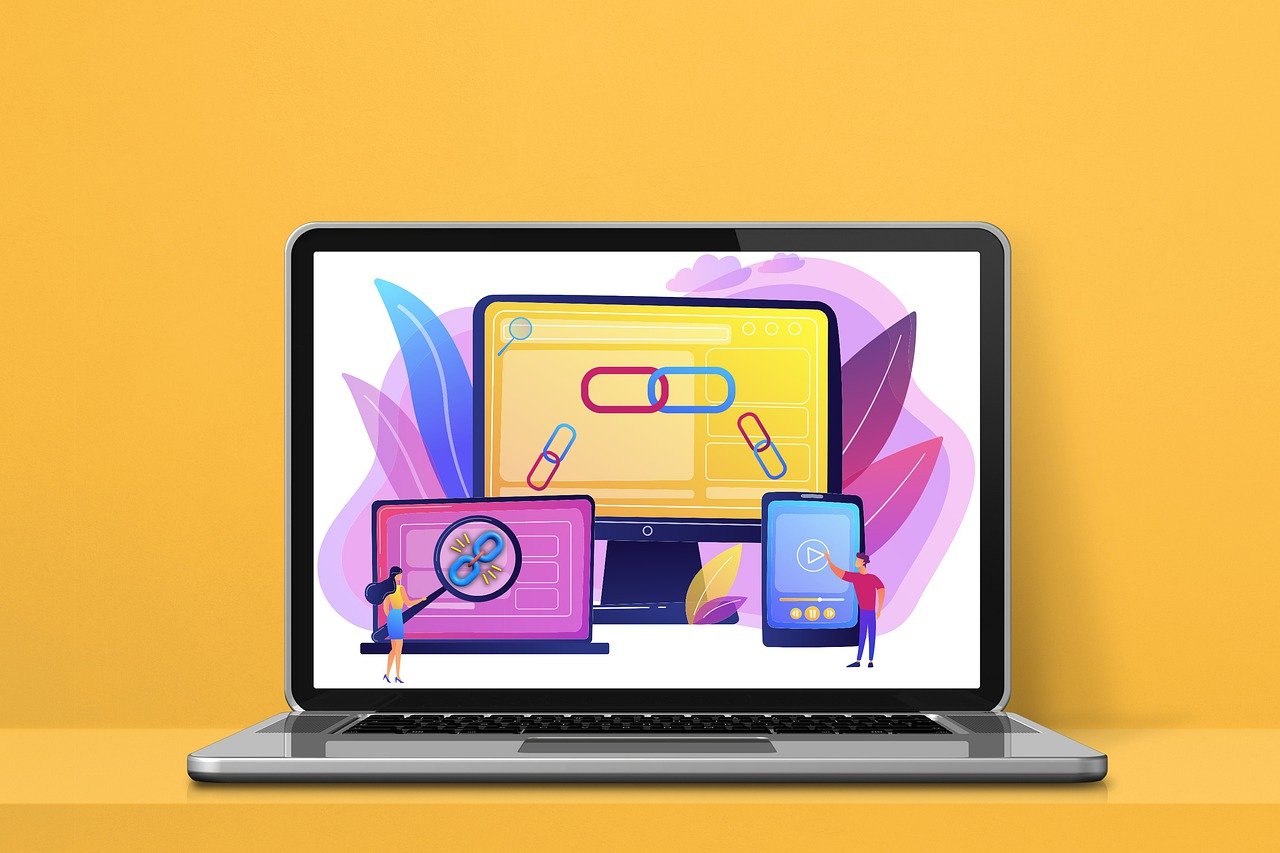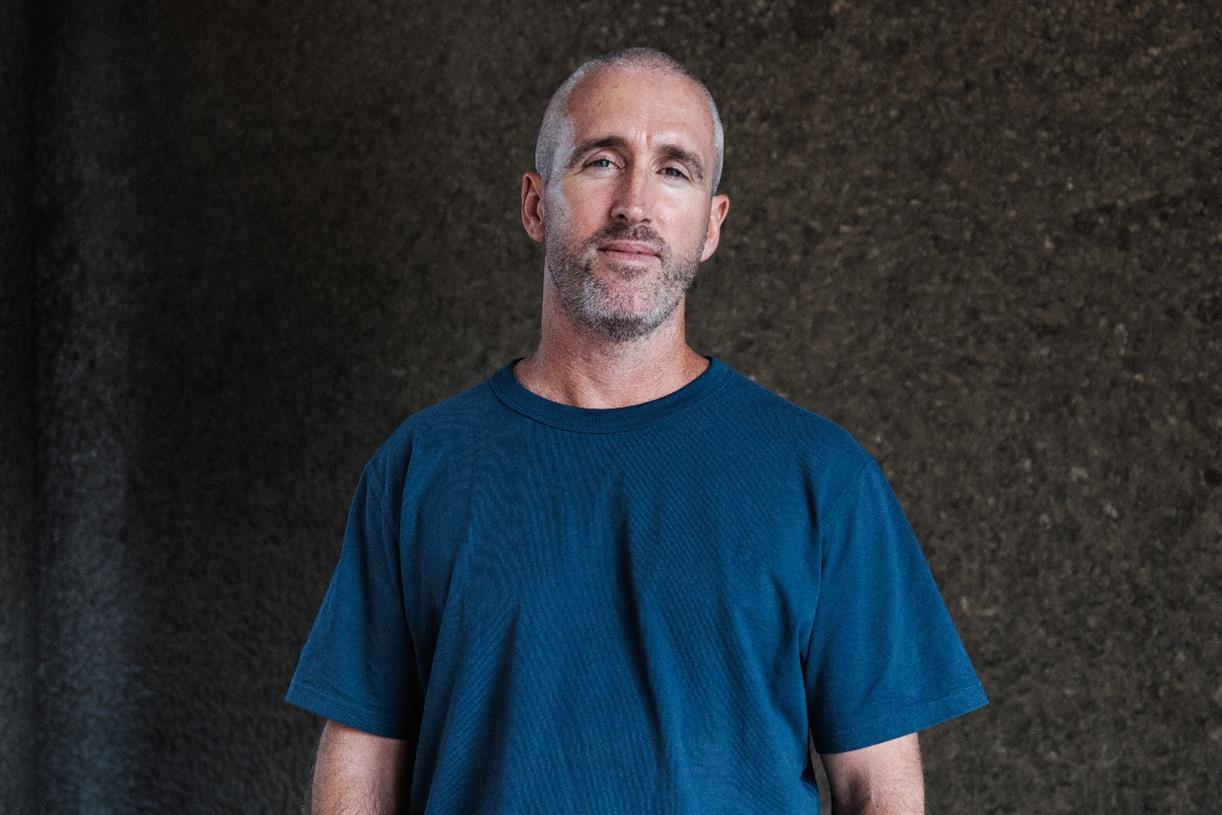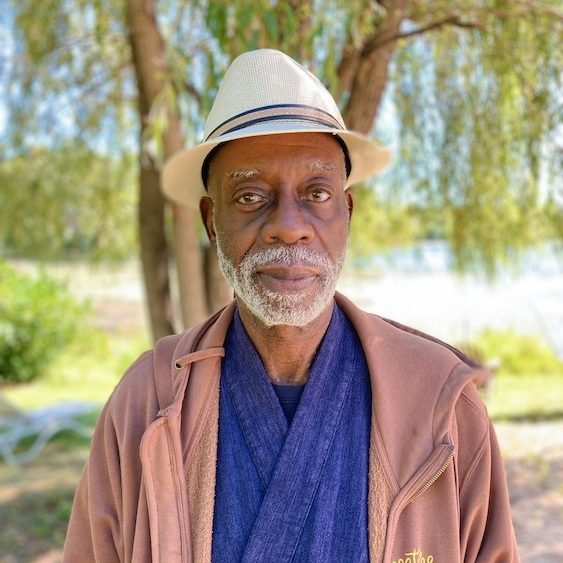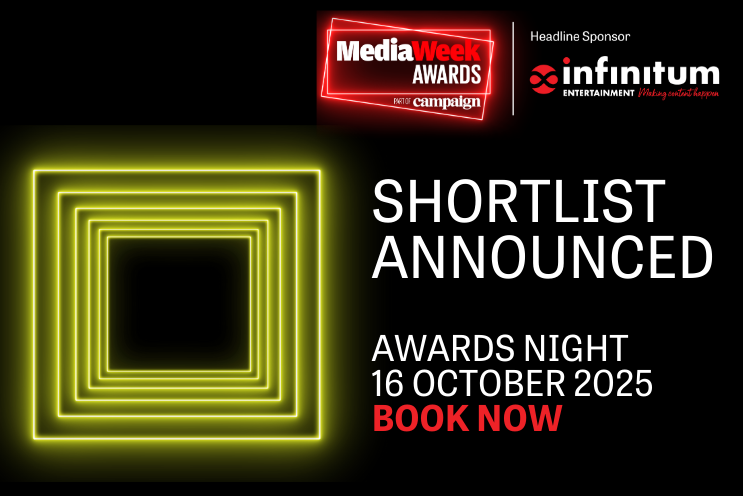Why Pinterest is firmly against pimple popping videos
Pinterest tamps down on gross-out videos, which is a sign of how the platform approaches social media harms in general.

Pinterest is saying no to the “pimple popping” social media craze, even if it could mean less time spent on the platform. Pinterest intentionally lowers the volume on that type of viral trend—eye-catching, gross-out videos—even if a user won’t stop watching them.
One of the main messages from Pinterest executives at the Cannes Lions International Festival of Creativity this week was that the platform takes steps to keep the experience positive. Its Pinterest Pier and beach across from the Carlton Hotel brought to life trends from the platform with hair stylists, tattoo and nail artists on hand. There were no “pimple poppers,” though.
Malik Ducard, who left YouTube last year to become Pinterest’s chief content officer, said the platform takes steps to ensure that the content it serves is more on the inspirational side. “When you think about the things that you save [to read later on Pinterest],” Ducard said during a beach side-conversation at Cannes, “it’s things that you want to do, it’s things that you want to come back to, it’s things that you’re emotionally tied to ... that is not pimple-popping content.”
For years, Pinterest has been telling advertisers that it’s a less chaotic place than other corners of the web. Pinterest stopped running political ads in 2018, and in 2020 it said it would stop running any ads alongside election-related content. These were nods to a digital media ecosystem that was wrestling with COVID-19 misinformation and political manipulation.
Many platforms, including Meta, YouTube and TikTok, have had to become more transparent about how they surface content, and how ads appear next to that content. The whole digital media industry is working with groups such as Global Association for Responsible Media to try to give major marketers a baseline understanding of what constitutes suitable content online and to implement some controls for marketers. Pinterest could be the first platform to bring “pimple popping” into that safety conversation.
Pimple popping's popularity
It doesn’t sound like a big deal, but the “no pimple popping” philosophy basically sums up how Pinterest is positioning itself to brands in a marketplace run by algorithm-driven engagement machines. Pimple popping is not a small trend, it has spawned a reality TV show on TLC, and last year Teen Vogue asked, “why is popping zits so grossly satisfying?” On TikTok, videos tagged #pimplepopping have 16.1 billion views, while those tagged #eyeshadow have 3.2 billion views, in comparison.
Pinterest's public stance against certain varieties of weirdly engaging subject matter comes at a time when it seems every other platform is trying to mimic TikTok, which perfected the allure of the internet rabbit hole. TikTok is only behind YouTube in terms of average daily time spent among U.S. adults, according to eMarketer.
Pinterest, Snapchat, Twitter, YouTube and Meta have been trying to keep up with the popularity of TikTok, which is grabbing attention in social commerce and creator economies. The competition has never been fiercer, so to make any decision that could dissuade a consumer from spending time on platform could be detrimental to a company’s bottom line.
Pinterest continues to make these platform decisions based on keeping the positivity up, and not in order to keep consumers doom-scrolling on their phones, Andréa Mallard, Pinterest’s chief marketing officer, said this week at Cannes. Pinterest has had some setbacks, reporting a 9% decrease in first-quarter global monthly active users, to 433 million.
'Inspired engagement'
Ducard said that Pinterest is not tuning its algorithm to amplify content simply because it’s compelling. It’s not that people can’t find any “pimple popping” material on Pinterest, it’s just not surfaced as readily. Pinterest promotes more content that people “save,” which is one of the main social interactions on the site that suggests someone is into the material.
“We focus on inspired engagement, so content that’s really driven by ‘saves,’ as an example of what is inspired engagement,” Ducard said. “And when you focus on that, the content that surfaces to the top, and that we surface more to the top, are step-by-step guides, how-to videos."
"When you don’t optimize for that,” Ducard said, “you just get something that looks different. You get pimple-popping videos, and that’s not what Pinterest is about.”

 Tfoso
Tfoso 
































